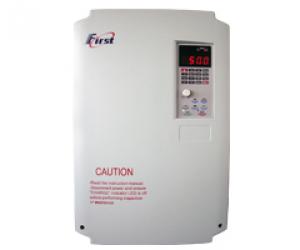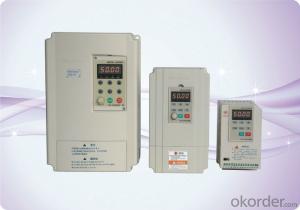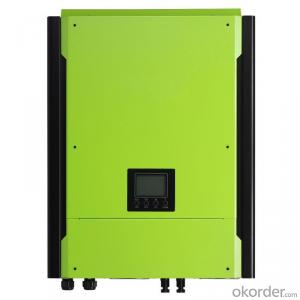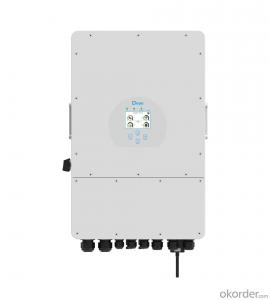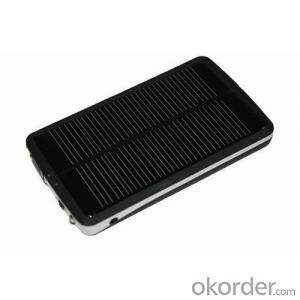Best Hybrid Solar Inverter Uk
Best Hybrid Solar Inverter Uk Related Searches
Best Hybrid Solar Inverter Best Solar Hybrid Inverter Top 10 Hybrid Solar Inverter Top 10 Solar Hybrid Inverter Uk Solar Inverter Best Solar Inverter Best Solar Power Inverter Buy Hybrid Solar Inverter Best Inverter Solar The Best Solar Inverter Best Solar Battery Inverter World Best Solar Inverter Solar Edge Inverter Uk Best Inverter For Solar Best Home Solar Inverter Best Solar Inverter For Home Solar Inverter Best Best Solar Panel Inverter Which Solar Inverter Is Best Hybrid Solar Inverter Solar Best Inverter Best Inverter Solar System Hybrid Solar Power Inverter Best Inverter For Solar System Best Solar Pump Inverter Best Solar Inverter Generator Solar Inverter Hybrid Solar Hybrid Inverter Best Solar Inverter 2016 Smart Hybrid Solar InverterBest Hybrid Solar Inverter Uk Supplier & Manufacturer from China
The Best Hybrid Solar Inverter UK is a cutting-edge product designed to optimize the efficiency of solar energy systems. These inverters are engineered to convert the direct current (DC) generated by solar panels into alternating current (AC), which can be used by homes and businesses. They play a crucial role in harnessing the power of the sun and making it a viable source of energy for various applications.The hybrid solar inverters are widely used in residential and commercial settings, where they help to reduce reliance on traditional energy sources and lower electricity bills. These inverters can be integrated with battery storage systems, allowing users to store excess solar energy for use during peak demand or when the sun isn't shining. This makes them an ideal solution for areas with fluctuating energy demands or those seeking to achieve energy independence.
Okorder.com is a leading wholesale supplier of the Best Hybrid Solar Inverter UK, offering a vast inventory of these high-quality products. They are committed to providing customers with reliable and efficient solar inverters at competitive prices, ensuring that the transition to renewable energy is both accessible and cost-effective. By partnering with Okorder.com, customers can benefit from their expertise and extensive range of hybrid solar inverters, making the switch to clean energy a seamless process.
Hot Products







